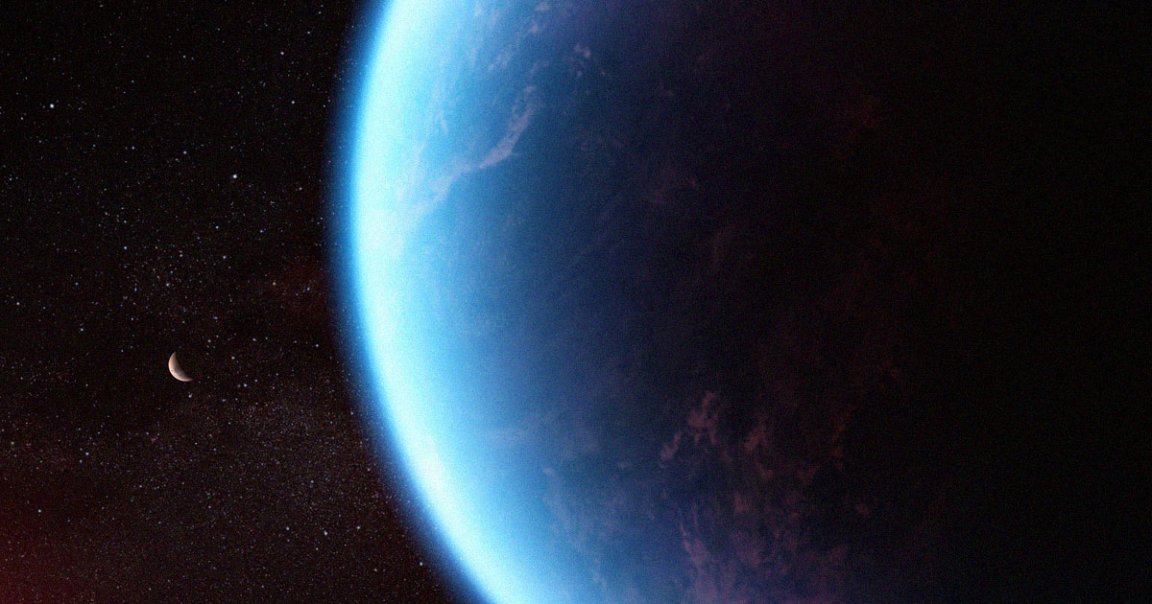
Hycean Dreams
NASA’s James Webb Space Telescope has spotted an early yet tantalizing piece of evidence that an exoplanet some 120 light years away could be covered in a massive ocean — that’s possibly harboring life.
The telescope detected a molecule called dimethyl sulfide (DMS) — which only living organisms can produce, at least here on Earth — on the planet, which is dubbed K2-18 b.
Researchers also identified methane and carbon dioxide in the planet’s atmosphere, indicating it could be a “Hycean” planet, one which is covered in an ocean and has a hydrogen-rich atmosphere.
K2-18 b orbits its host star, a cool dwarf in the Leo constellation some 120 light years away, in the system’s habitable zone, meaning that it technically receives enough radiation from the star for liquid water to exist on its surface.
It was first discovered by NASA’s K2 mission back in 2015, but only thanks to the James Webb’s detailed observations have researchers been able to reveal the presence of these molecules — and the excitement surrounding the discovery is palpable.
Ocean World
The planet is anywhere between the size of Earth and Neptune, a type of exoplanet referred to as “sub-Neptunes.” Since these planets are so unlike any planet in our own solar system, we can only make educated guesses about their nature, as NASA points out in a statement.
“Although this kind of planet does not exist in our solar system, sub-Neptunes are the most common type of planet known so far in the galaxy,” said Subhajit Sarkar of Cardiff University, co-author of a yet-to-be-peer-reviewed paper on the discovery, in the statement.
“We have obtained the most detailed spectrum of a habitable-zone sub-Neptune to date, and this allowed us to work out the molecules that exist in its atmosphere,” Sarkar added.
But it’s far too early to conclude that K2-18 b is teeming with life, and the researchers were quick caveat that more data is urgently needed.
”If confirmed, it would be a huge deal and I feel a responsibility to get this right if we are making such a big claim,” team lead Nikku Madhusudhan, professor at the University of Cambridge, told the BBC.
Fortunately, more data is already on its way, courtesy of the JWST’s MIRI (Mid-Infrared Instrument) spectrograph.
“Our ultimate goal is the identification of life on a habitable exoplanet, which would transform our understanding of our place in the universe,” said Madhusudhan in the statement. “Our findings are a promising step towards a deeper understanding of Hycean worlds in this quest.”
More on James Webb: If the James Webb Spotted a Planet Exactly Like Earth, Would Scientists Notice Our Civilization?